Abundance: uncommon
What: pads, flowers, fruit
How: peeled pads can be pickled, fried, made into jerky; fruit can be raw or blended into a smoothy/icee drink; juice from strained fruit can be drunk, made into ice cream, mixed drinks, preserves.
Where: sunny fields, landscaping
When: fruit in fall, pads-all year though younger pads taste better.
Nutritional Value: vitamin C, some minerals
Dangers: burn or scrap off the tiny needles (glochids) before eating, 1% of population is allergic to cactus-based foods.
Cow's tongue cactus used in landscaping.
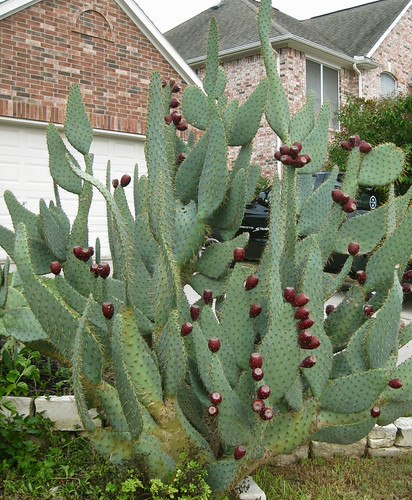
Cow's tongue cactus fruit (picture taken in mid September in Houston).
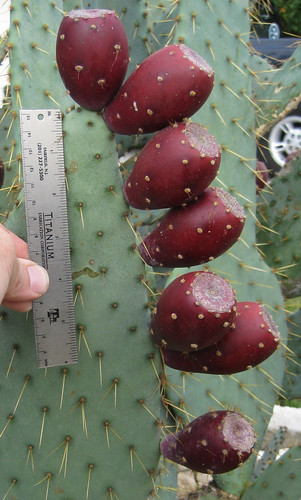
Another closeup of cow's tongue fruit (also taken in mid-September in Houston).

North American distribution, attributed to U. S. Department of Agriculture.
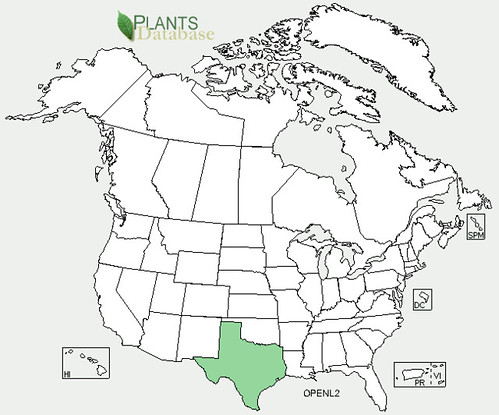
Closely related to prickly pears, cow's tongue cacti pads and fruit can be used in the same manner as other Opuntia species. The pads can be peeled then sliced and cooked like green beans though much slimier. The peeled pads can also be sprinkled with your favorite beef/venison jerky spices and then dehydrated into "vegan jerky".
The fruits are usually mashed, boiled, and then strained through a fine mesh such as cheesecloth to release their delicious juice. This juice can be drank straight, made into jelly or wine, or slightly sweetened (it's already quite sweet) then boiled down to make a syrup.
Before doing anything with the pads or fruit you must remove their tiny, almost invisible needles called glochids. Use a barbecue tongs to harvest the pads/fruit and then burn off the glochids with a torch or gas stovetop.
Burning glochids.
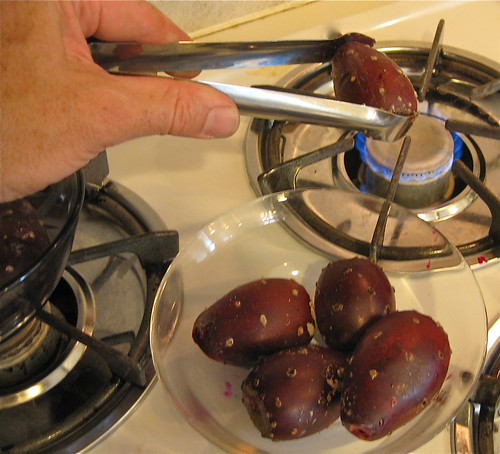
Peel the fruit then mash it up in a saucepan. Add just enough water so as to cover the pulp then boil for about ten minutes. Let the resulting juice cool a little then filter out the pulp and seeds through cheesecloth or other fine filter.
Peeled fruit before mashing and boiling.

Straining the juice.
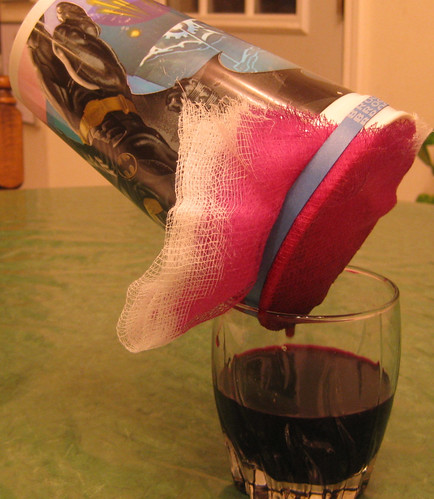
Buy my book! Outdoor Adventure Guides Foraging covers 70 of North America's tastiest and easy to find wild edibles shown with the same big pictures as here on the Foraging Texas website.

